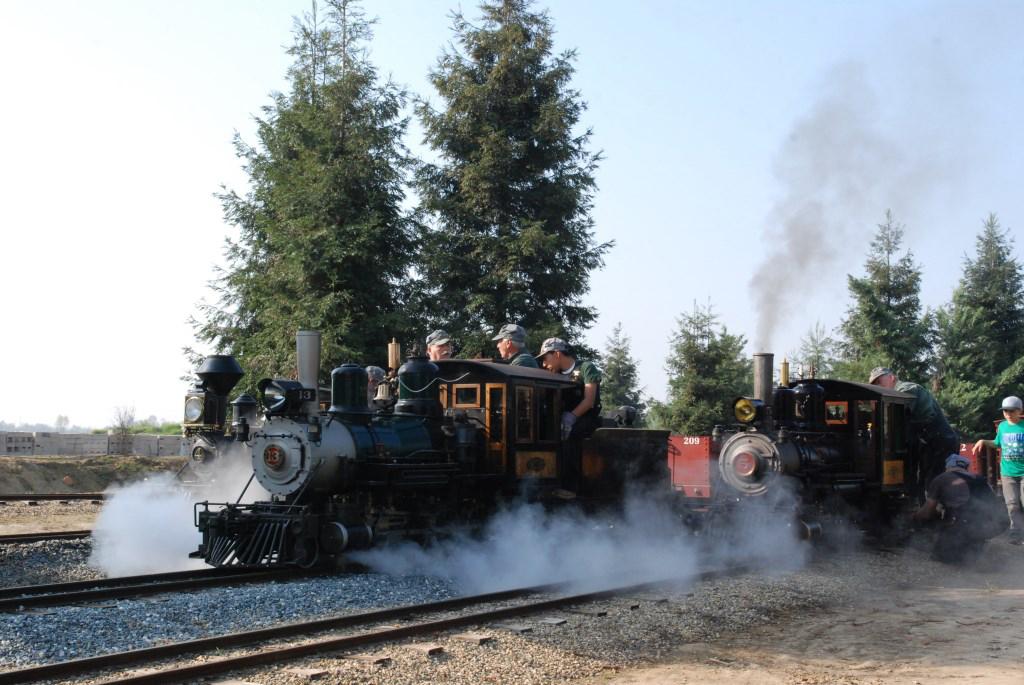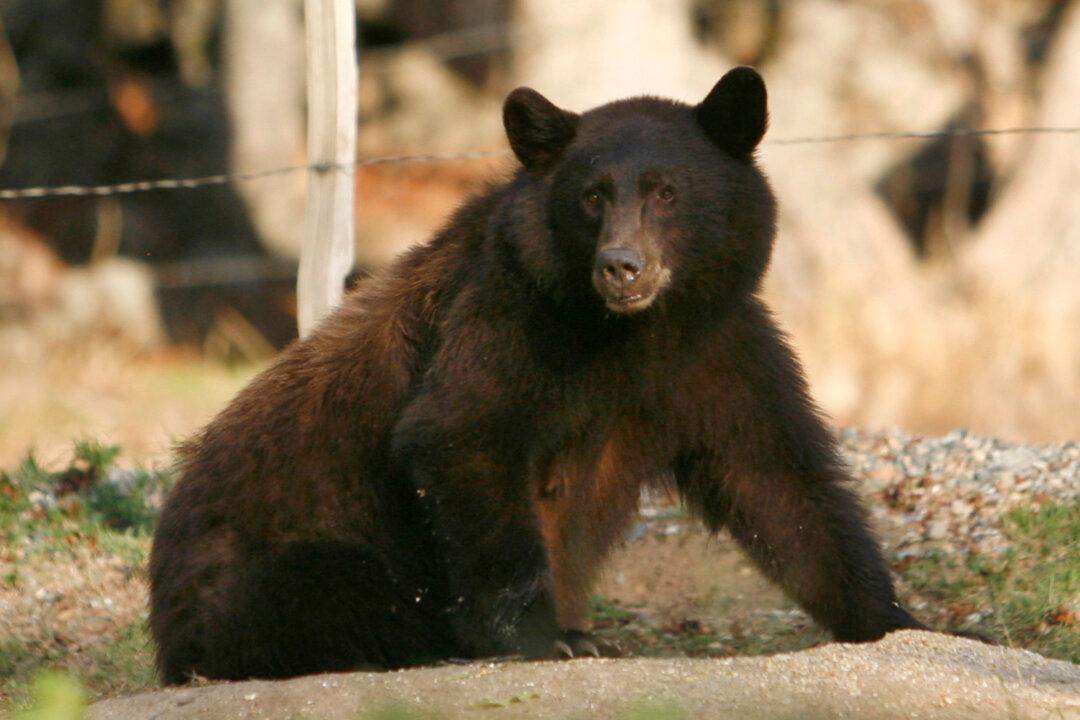Dale Anderson was in 7th grade when a wildlife educator brought a mountain lion to his classroom, marking the moment he began dreaming about working with big cats—a passion he described as a “God-given desire to help his creation.”
His love for big cats is on full display at Project Survival Cat Haven, an interactive park spanning 93 acres in Dunlap, California, about 40 miles east of Fresno.





